- Galaxy Kayaks
- Product News
- 0 likes
- 3366 views
- 0 comments
5 Tips for Transporting Your Kayak on Your Car
Kayaking is a unique way to experience the great outdoors, interact with the magnificent beauty of mother nature, stay fit, and hone your angling skills. But while a kayak excels at gliding through the water like a hot knife through butter, getting it to your favourite lake, river, or ocean is a whole ‘nother issue—especially when attaching trailers, roof racks or other methods of transport.
As complex and technical as it may seem, transporting your kayak on top of your car is not terribly difficult. Well, as long as you know how to go about it. The main idea is to keep the kayak secure and your car safe from unsightly dents or scratches. With this in mind, read on for 5 easy tips to help you load your kayak properly.
- Roof Racks
Roof racks offer a simple, affordable, convenient, and simple way to transport bulky items, including the good ol’ kayak. If your vehicle does not come with a factory-installed roof rack, you can simply grab a relatively inexpensive roof-mounted system.
A basic rack system from manufacturers typically consists of 2 horizontal bars and 4 vertical towers. They’re designed to fit nearly every vehicle and to accommodate a plethora of gear-hauling attachments. Just ensure the roof racks you install are functional for your needs and practical for your vehicle type. Have a look at our website for our horizontal roof racks which fit a variety of vehicles with roof bars.
If you don’t have a roof bar or it's simply not an option, you can use inflatable roof racks - such as handirack, which are available to buy on our website.
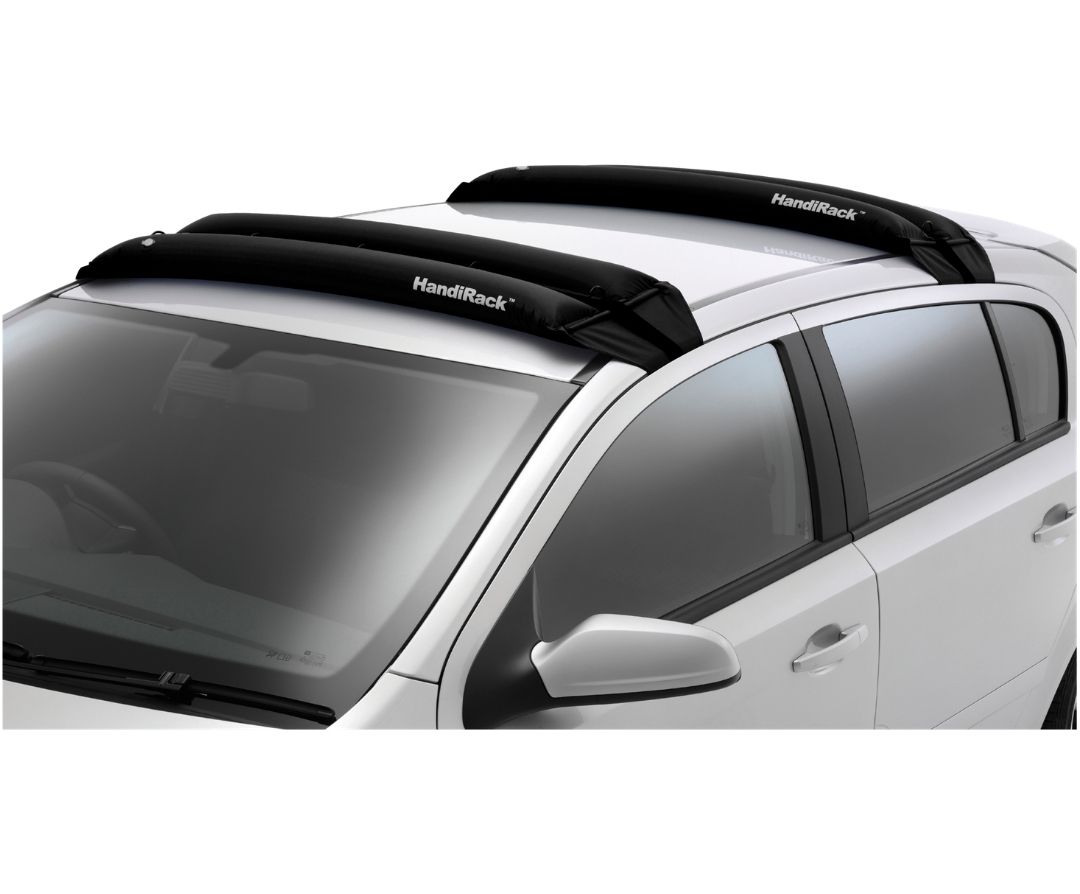
- Tie-Down Straps
Securing your kayak on your roof racks is easily one of the most important skills you’ll need when transporting your kayak. When it comes to tie-down straps, you have two main choices: cam straps or ratchet straps. Each has its own pros and cons; so you might want to dig a little into the best option for your needs.
With ratchet straps, you have a wrench that allows you to apply a firm, non-nonsense tie-down. This is great for keeping your kayak securely in place—especially for long-distance drives in unforgiving terrain, sloped roads, and windy areas. Tip: As tempting as it may feel, don’t wrench down the ratchet too hard. It may gradually deform or crack your kayak’s hull with the overly tight webbing.
Cambuckle tie-down straps excel for daily short-medium distance use. You’ll need 2 cam straps that are preferably longer than 2 metres to secure the kayak at two points. Unlike ratchet straps, the chances of exerting enough pressure/tension to dent your kayak with cam straps are slim.
For some peace of mind, look out for straps with a padded or silicon buckle cover to minimize the risk of accidental impact. And don’t worry, securing the tie-down straps is as easy as feeding the straps through the buckles and cinching them—no knot skills here.
Our website sells a variety of tie-down straps such as NRS or our very own Galaxy Tie-Down Straps.
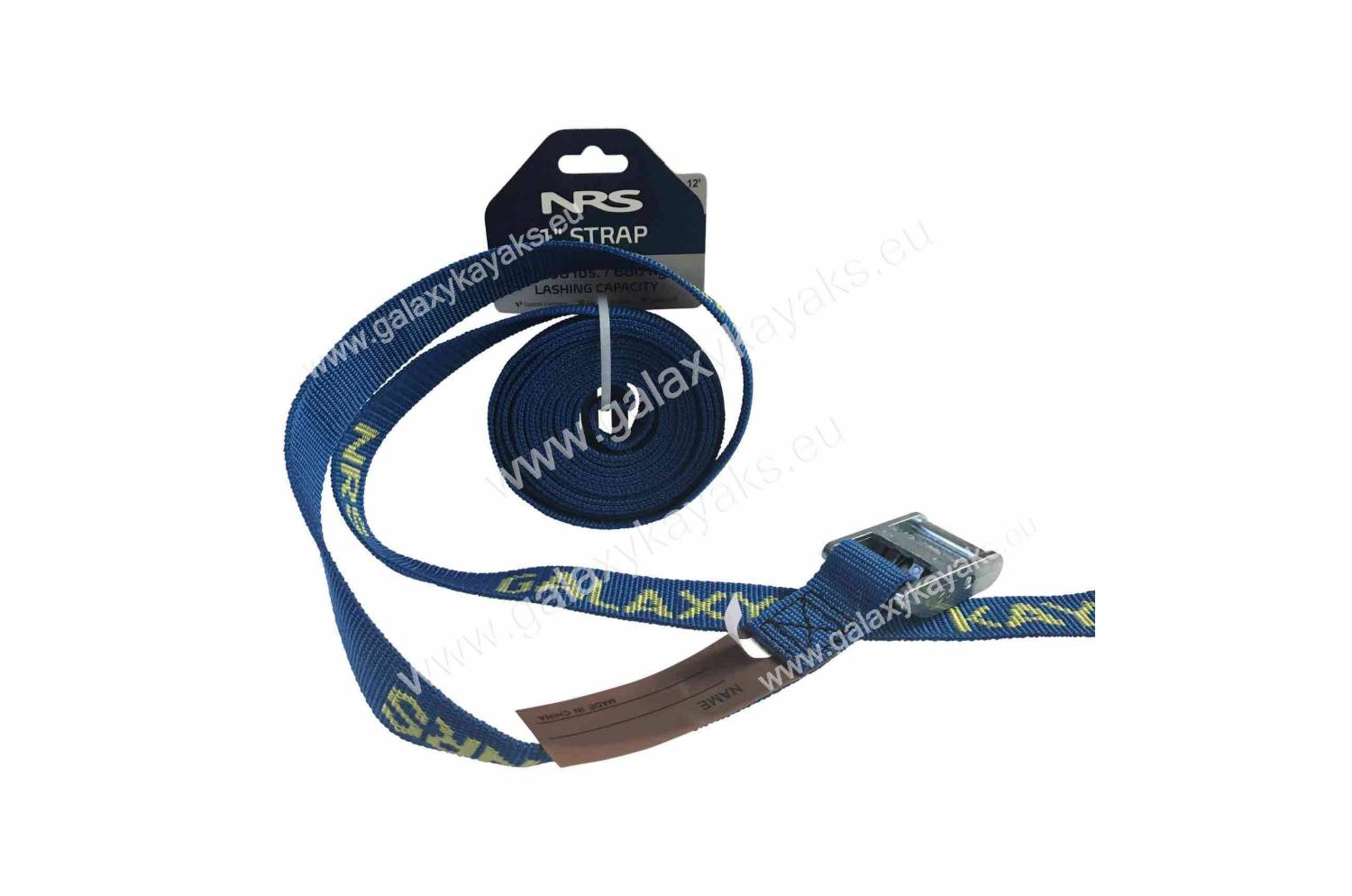
- Boat Rollers
How do you load your kayak on top of your vehicle by yourself? If you’re solo and your kayak is too heavy or your vehicle is too high for you to safely place it on the roof racks, the solution to your woes lies in kayak loading accessories. In particular, a boat roller or lift-assist.
These rack accessories incorporate rolling wheels that allow you to set the kayak’s bow on the rear rack cradle through to the front cradle with little hassle. Boat rollers often have strong suction cups that attach to the rear glass or the car top in an upright or 90-degree angle. They also have a closed-cell foam to cradle the kayak as you guide it onto the rack.
Check out our Galaxy Boat Rollers. We have both the horizontal style available and also the V-shaped style.
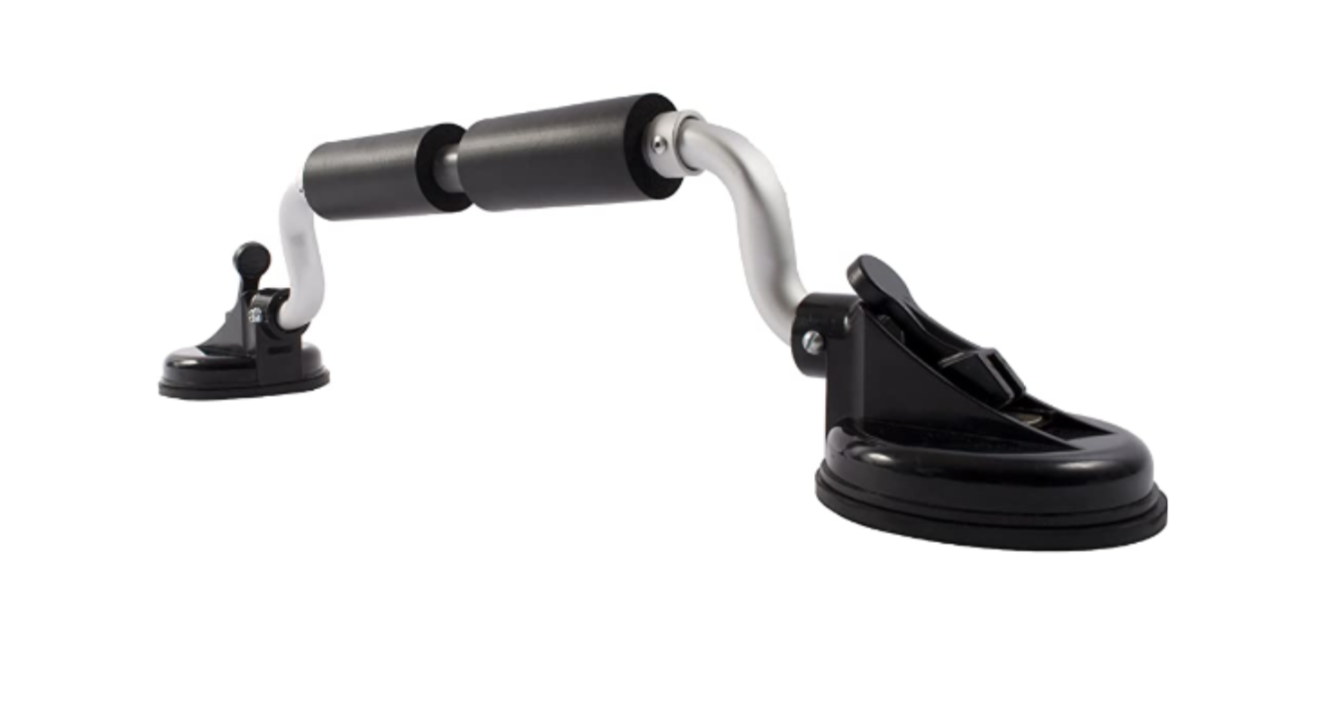
- Roof Rack Protectors
You have a practical roof rack installed, a sturdy pair of tie-down straps, and life-saving boat rollers—you’re all set, right? Well, not entirely.
You need to take an extra step to protect both the vehicle and your kayak from dents, scratches, and other similar types of damage. This is where roof rack protectors come in. They are basically an additional layer of padded protection that covers your roof rack bars to prevent impact between the kayak and roof rack/car roof.
Most roof rack pads are designed to be waterproof with an anti-slip surface to ensure your kayak rests on a secure surface. But take special care when shopping for roof rack protectors: some come in questionable material that’s not durable.
Check out our new Galaxy Roof Rack Protectors available on our website.
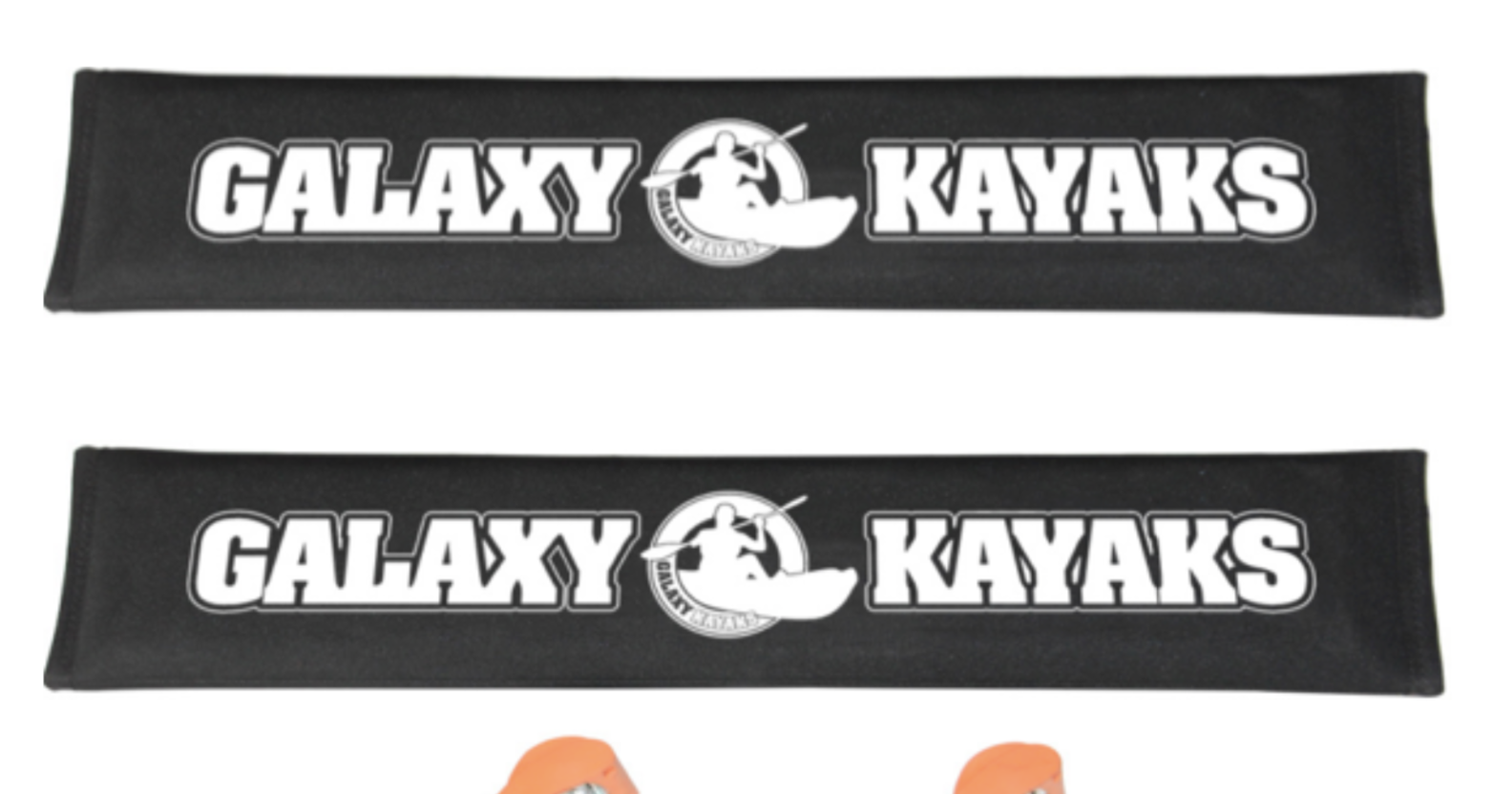
- Foam Blocks
If you’re strapped for cash and installing roof-mounted rack systems is outside your kayaking budget, consider foam blocks. They’re affordable, highly portable, lightweight, easy to install, and they cushion your vehicle/kayak against bumps along the way. Foam blocks are more-or-less temporary carriers that offer an alternative to roof-mounted car racks.
They’re made of dense V/U shaped foam that is designed to either slot onto roof bars as a mount or rest between the vehicle’s roof and the kayak. The foam block system is secured by straps that run through the blocks and circle through the car’s interior or roof rack.
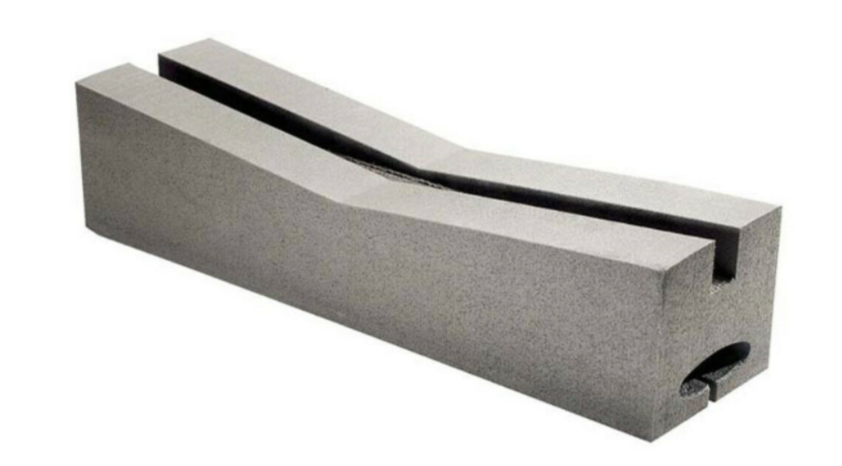
Now, Hit the Road with Confidence – Kayaking Adventures Await!
With those few tips for transporting your kayak on the roof of your vehicle, you should be loaded, secured, and ready to hit the road. But make sure you take special care when unloading or loading your kayak to prevent damage and injuries. Oh, and ensure your vehicle is in a spick and span condition (tyre pressure, etc.) before heading off.
Final Tip to Cap this Off: There’s always a slight risk that even the most solid tie-downs may come loose when the system is exposed to air resistance, bumps, and rainy weather. So, make regular stops to ensure everything is fastened down and secure.
Happy kayaking!

Comments (0)